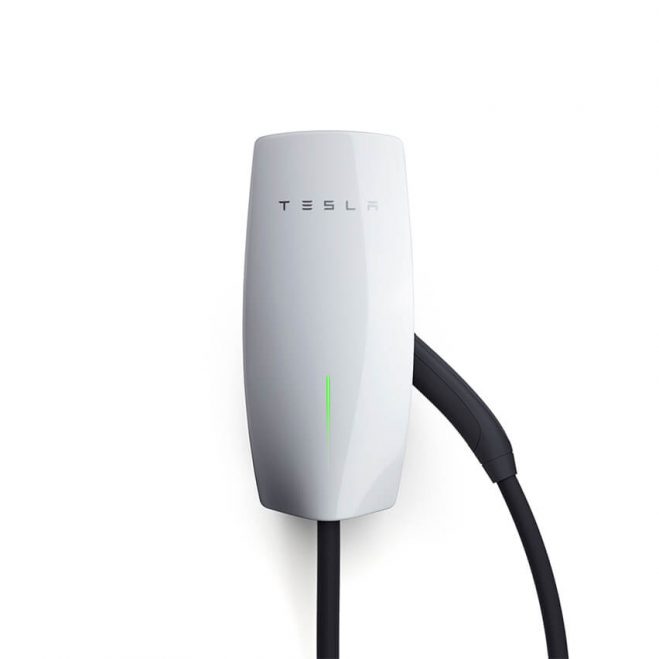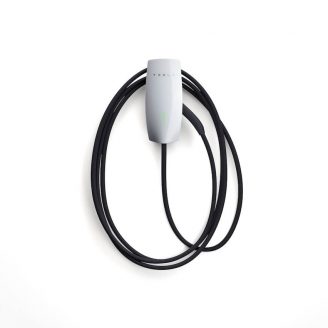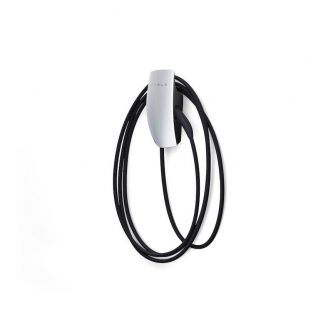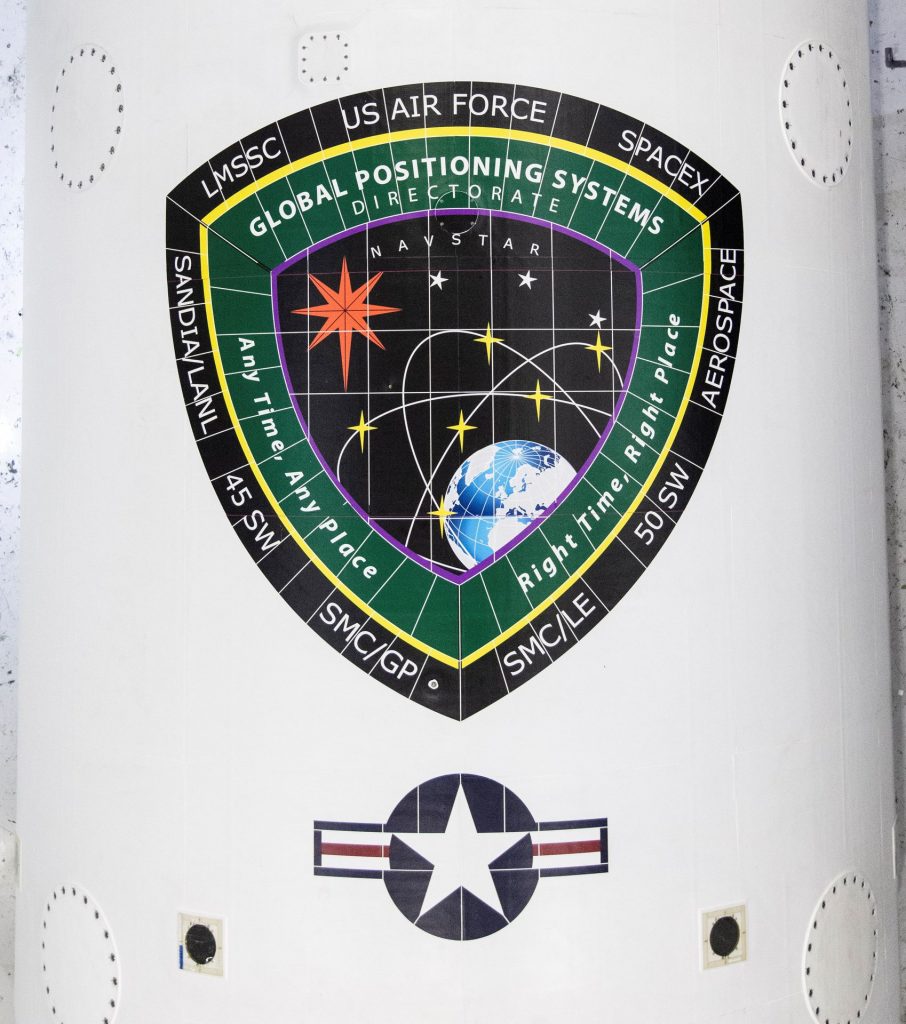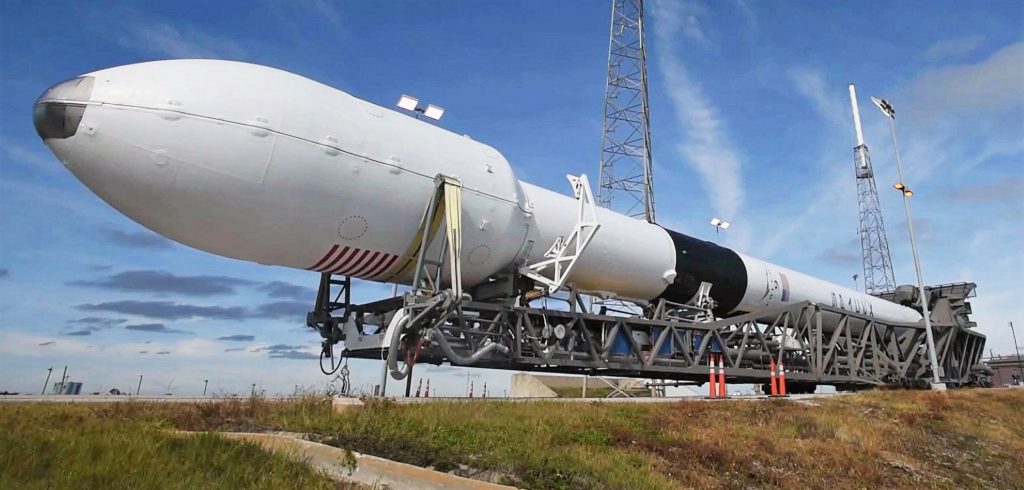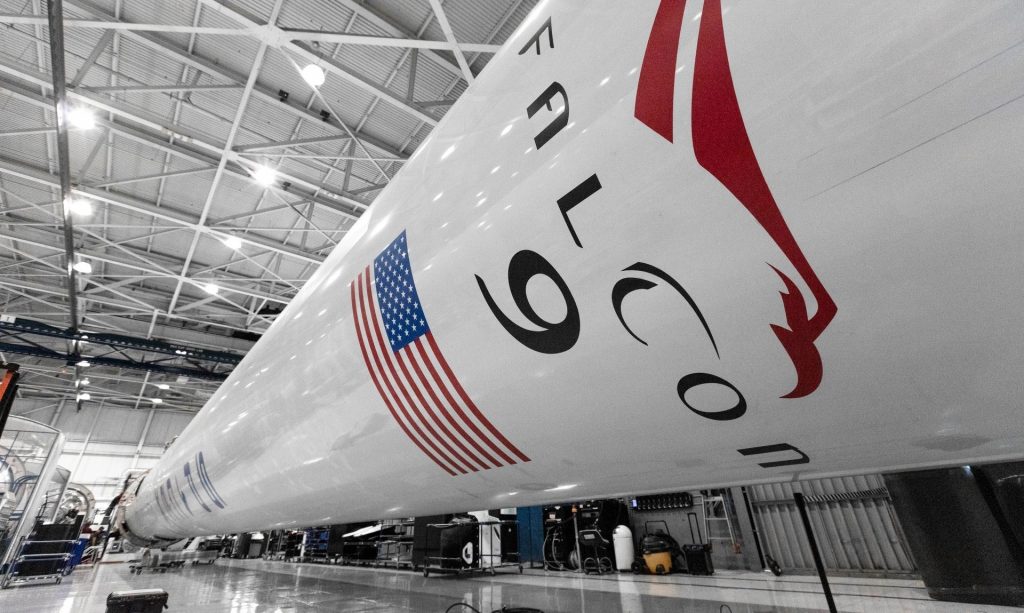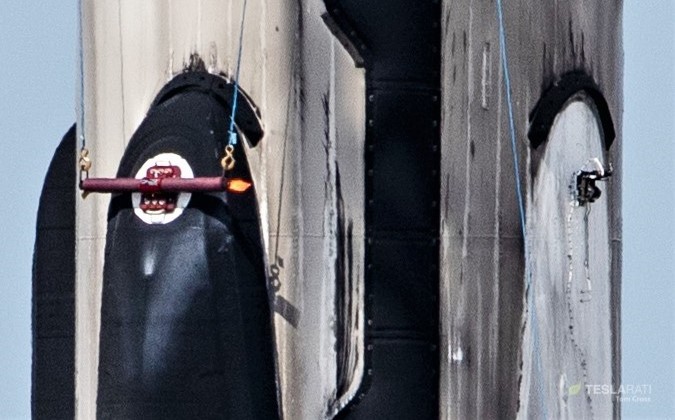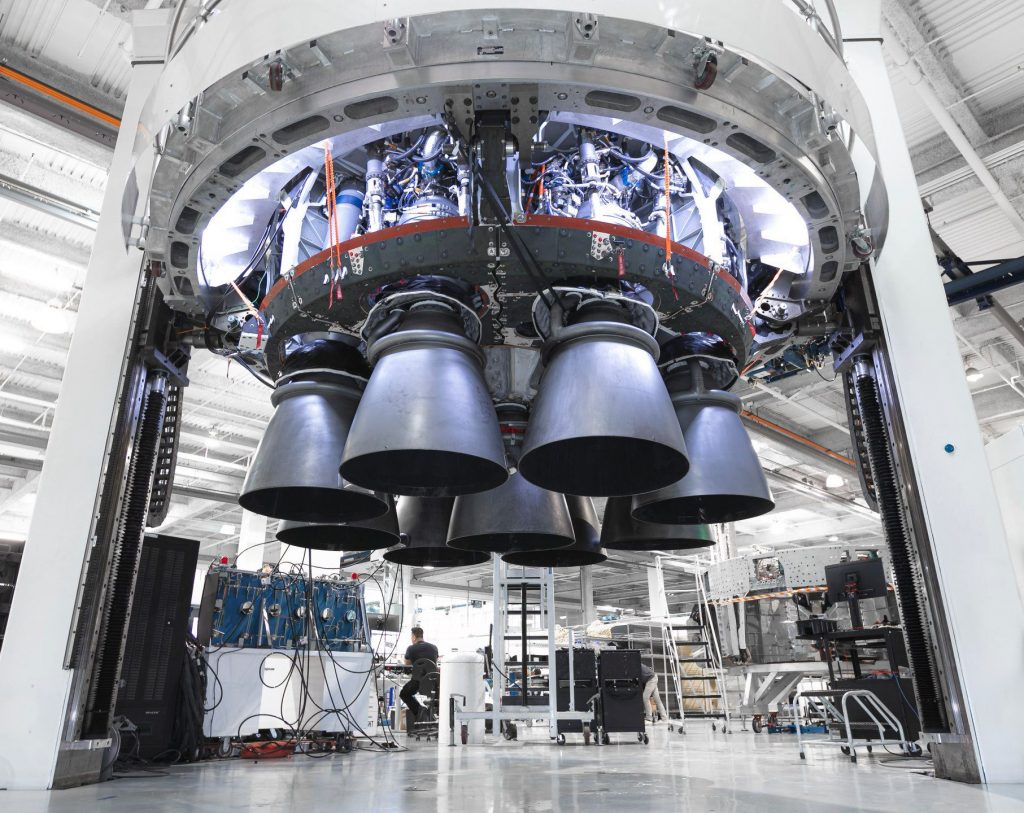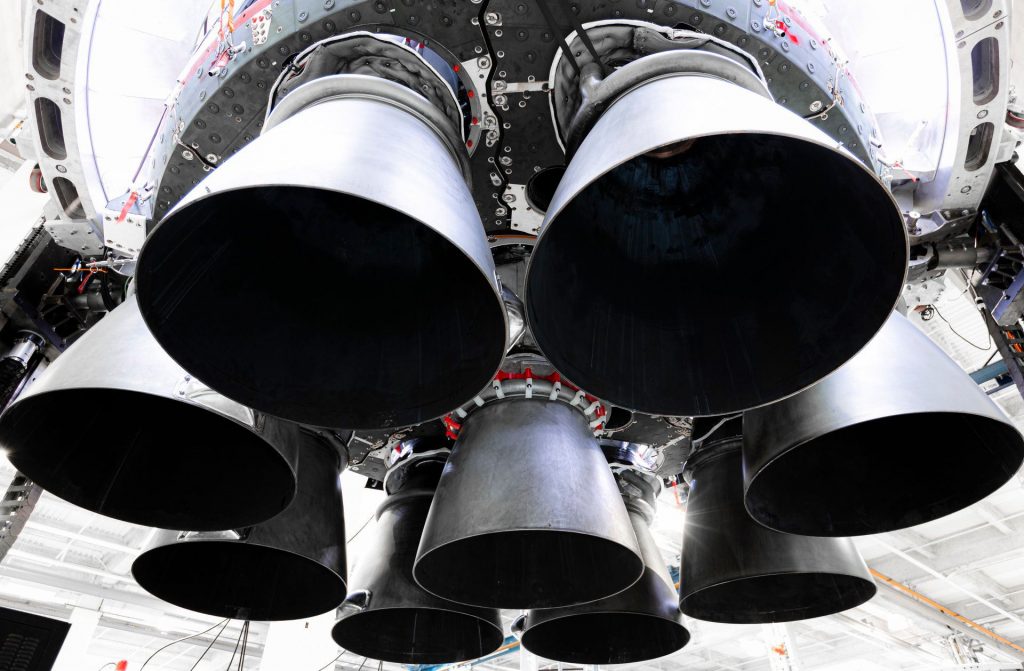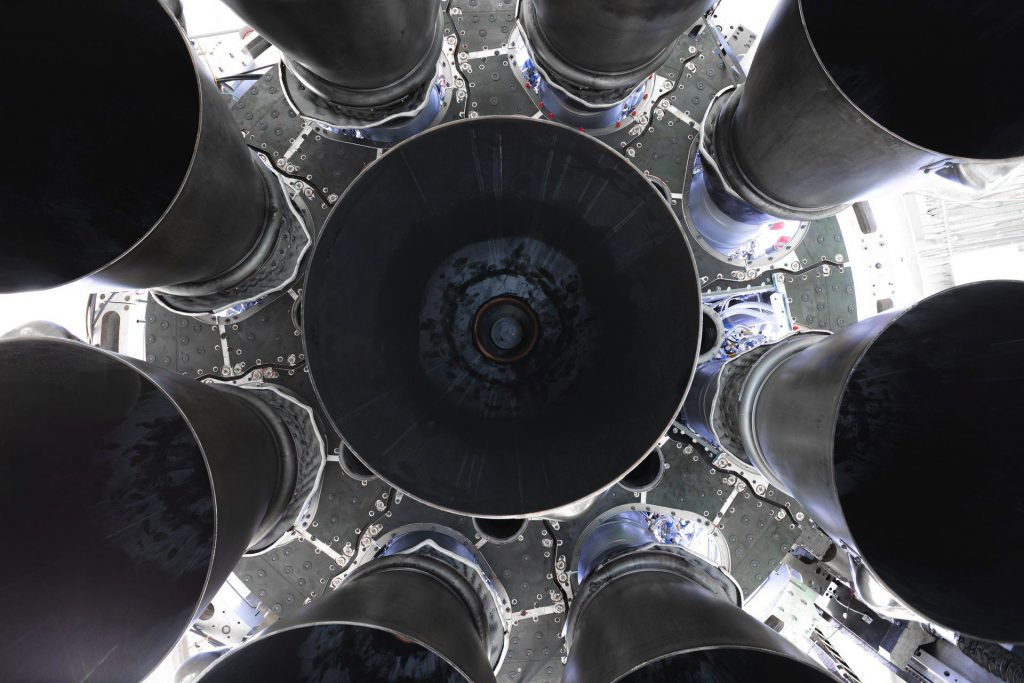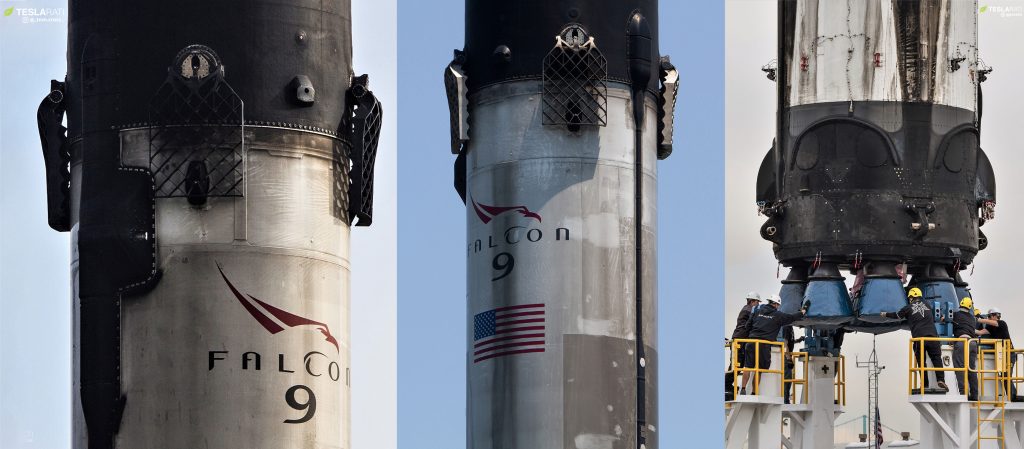Tesla recently published its Q4 2019 Vehicle Safety Report and it puts on the spotlight that accidents involving Teslas are still rarer compared to other vehicles on the road.
Tesla’s Vehicle Safety Report for Q4 2019 revealed that a Tesla on Autopilot was involved in one accident for every 3.07 million miles driven. For those without Autopilot but use the active safety features of the vehicle, there was one accident per 2.10 million miles driven. Tesla owners who do not use Autopilot and other active safety features were involved in one accident for every 1.64 million miles driven. Overall, these numbers are far better than what’s been recorded by the National Highway Traffic Safety Administration (NHTSA) which indicates there being one automobile crash in the United States every 479,000 miles.
The Q4 accidents involving Teslas are a bit higher compared with the previous quarter when it registered one accident for every 4.34 million miles for those using Autopilot. Those who do not have the Autopilot engaged but use active safety features were involved in one accident per 2.19 million miles driven. Those who do not use Autopilot and active safety features of Teslas were involved in one road mishap per 1.41 million miles.
The apparent decline in the safety statistics can be attributed to the time of the year when the roads are busier because of several holidays such as Thanksgiving and Christmas Day in the United States. Weather can also be a factor that may have worsened driving conditions. However, one still cannot deny that the numbers are impressive as driving with Autopilot engaged is still more than six times safer than the average, and driving without Autopilot or active safety features is still three to four times safer compared to the average.
“Accident rates among all vehicles on the road can vary from quarter to quarter and can be affected by seasonality, like reduced daylight and inclement weather conditions,” Tesla’s microsite on Vehicle Safety Report reads. “Model S, Model X and Model 3 have achieved the lowest probability of injury of any vehicle ever tested by the U.S. government’s New Car Assessment Program.”
In terms of vehicle fire data, the electric car manufacturer summarized that between 2012 and 2019, there’s only one Tesla vehicle fire for every 175 million miles traveled. In contrast, there’s one vehicle fire reported by the U.S. Department of Transportation and the National Fire Protection Association (NFPA) for every 19 million miles traveled. This is an improvement compared to the 2012-2018 Vehicle Fire Date where Tesla registered one vehicle fire for every 170 miles traveled.
Tesla vehicles are among the safest cars in the world today. For example, Tesla Model 3 earned an overall rating of 5 stars in the NHTSA 2019 safety rating. The mass-produced electric sedan, together with its Model X sibling, also took top honors in Euro NCAP’s Best in Class Cars 2019 List.
With the improvement of the Autopilot and the Full Self-Driving capabilities of Teslas, we can only expect these Tesla safety statistics to improve and this will eventually lead to safer roads for other vehicles and for pedestrians as well.
You can read Tesla’s Q4 2019 Vehicle Safety Report below:
Accident Data
In the 4th quarter, we registered one accident for every 3.07 million miles driven in which drivers had Autopilot engaged. For those driving without Autopilot but with our active safety features, we registered one accident for every 2.10 million miles driven. For those driving without Autopilot and without our active safety features, we registered one accident for every 1.64 million miles driven. By comparison, NHTSA’s most recent data shows that in the United States there is an automobile crash every 479,000 miles.
Vehicle Fire Data

(adsbygoogle = window.adsbygoogle || []).push({});
<!–
–>
var disqus_shortname = «teslarati»;
var disqus_title = «Tesla vehicles still 3-4x safer compared to average even without Autopilot and active safety features»;
var disqus_url = «https://www.teslarati.com/tesla-vehicles-still-3-4x-safer-compared-to-average-even-without-autopilot-and-active-safety-features/»;
var disqus_identifier = «teslarati-126924»;

